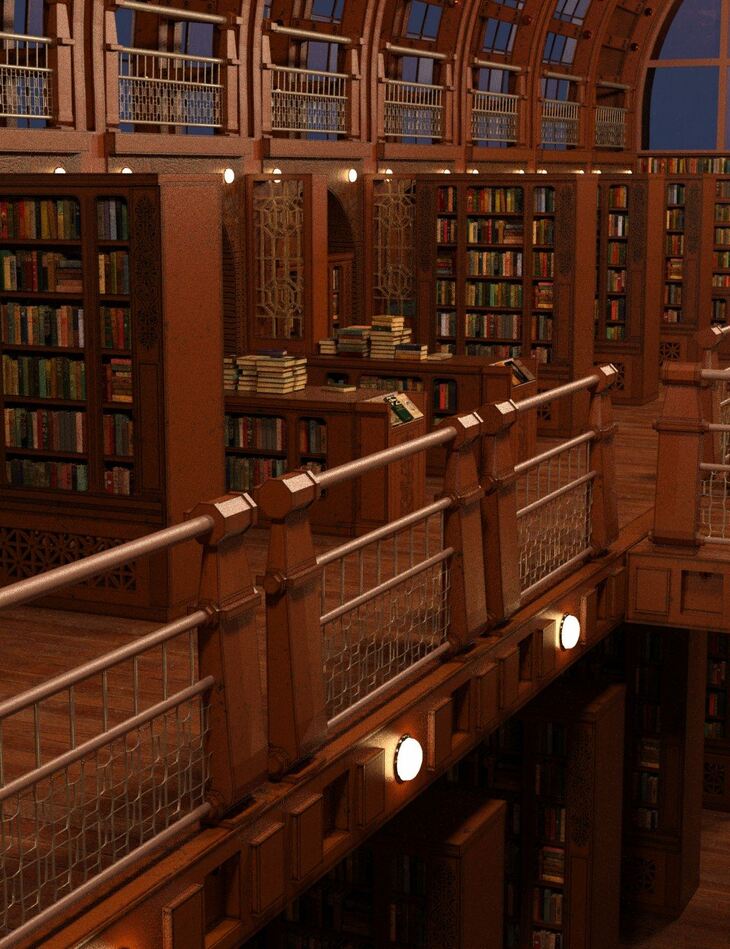

What is the difference between the image on the left and the image on the right? The truth is nothing at all, except the way your monitor is showing you the image. I would like to thank my mates Ben Cowell and Phil Shoebottom for offering some clarity on a few points. I realized that there were all sorts of tutorials offering often conflicting information regarding the process. Use the Modifier List to apply a UVW Map modifier.įor the terrain, the default Planar projection works fine, and the map terrain.jpg is already the right size for the scene, so your work in this lesson is now complete.This has been the subject of discussions on many forums over recent years.Select the Ground object, and go to the Modify panel.You have to assign mapping coordinates by applying UVW Map. Primitive objects such as boxes and spheres have default mapping coordinates, but editable geometry such as Ground, which is an Editable Poly, does not. This is a sign that the object doesn’t have mapping coordinates.

The Ground object turns brown, but it doesn’t show the texture map. Drag from the Terrain material node’s output slot, and in a viewport, release the mouse over the Ground object.Click the new Bitmap node to make it active, and on the Slate Material Editor toolbar, click (Show Shaded Material In Viewport) to turn it on.Wire the new terrain texture to the Terrain material node’s Diffuse Color component.In the file dialog, choose terrain.jpg, and then click Open.
 In the Slate Material Editor Material/Map Browser panel, at the left, locate Maps Standard Bitmap, and drag this map type into the active View. Double-click the node to display the material parameters, then in the Name field, change the name of the material to Terrain. In the Slate Material Editor, drag another Standard material node into the active View. You now have a reasonably realistic texture for all of the containers in the utilities area of the compound. (This effect is more apparent when you render the scene: In viewports, both generators look much the same.) A bonus of the procedurally generated 3D Noise texture, is that the pattern is not quite the same on either generator.
In the Slate Material Editor Material/Map Browser panel, at the left, locate Maps Standard Bitmap, and drag this map type into the active View. Double-click the node to display the material parameters, then in the Name field, change the name of the material to Terrain. In the Slate Material Editor, drag another Standard material node into the active View. You now have a reasonably realistic texture for all of the containers in the utilities area of the compound. (This effect is more apparent when you render the scene: In viewports, both generators look much the same.) A bonus of the procedurally generated 3D Noise texture, is that the pattern is not quite the same on either generator. 3ds max studio 8 dark reign 2 generator#
Now the generator casings have a recognizable camouflage pattern. In addition, change the Size value to 18.0.
On the Noise Parameters rollout, change the Noise Threshold values. The map appears in the viewport, but the camouflage pattern isn’t very apparent. (If you use a legacy viewport driver, this button's tooltip reads, "Show Standard Map In Viewport.") Click (Assign Material To Selection), and then click (Show Shaded Material In Viewport) to turn it on. Click the Camouflage material node again to make it active. On the Color Selector, change Color #2 to a tan: Red = 200, Green = 155, Blue = 0. Click the color swatch labeled Color #2. Change Color #1 to a dark green: Red = 0, Green = 175, Blue = 0. On the Noise Parameters rollout, click the color swatch labeled Color #1. Double-click the Noise node to display its parameters.  Drag a Noise map from the Material/Map Browser panel into the active view, and wire it to the Camouflage material’s Diffuse Color component. Double-click the node, then name the material Camouflage. Select Generator01 and Generator02, the large boxy objects to the left. A 3D map, on the other hand, is generated by 3ds Max. A bitmap is simply a digital image such as a scan or a photograph. See theįinally, for the generators, you will use a 3D procedural map. Note: You also have the option of maintaining multiple Views of the materials for your scene.
Drag a Noise map from the Material/Map Browser panel into the active view, and wire it to the Camouflage material’s Diffuse Color component. Double-click the node, then name the material Camouflage. Select Generator01 and Generator02, the large boxy objects to the left. A 3D map, on the other hand, is generated by 3ds Max. A bitmap is simply a digital image such as a scan or a photograph. See theįinally, for the generators, you will use a 3D procedural map. Note: You also have the option of maintaining multiple Views of the materials for your scene.








 0 kommentar(er)
0 kommentar(er)
